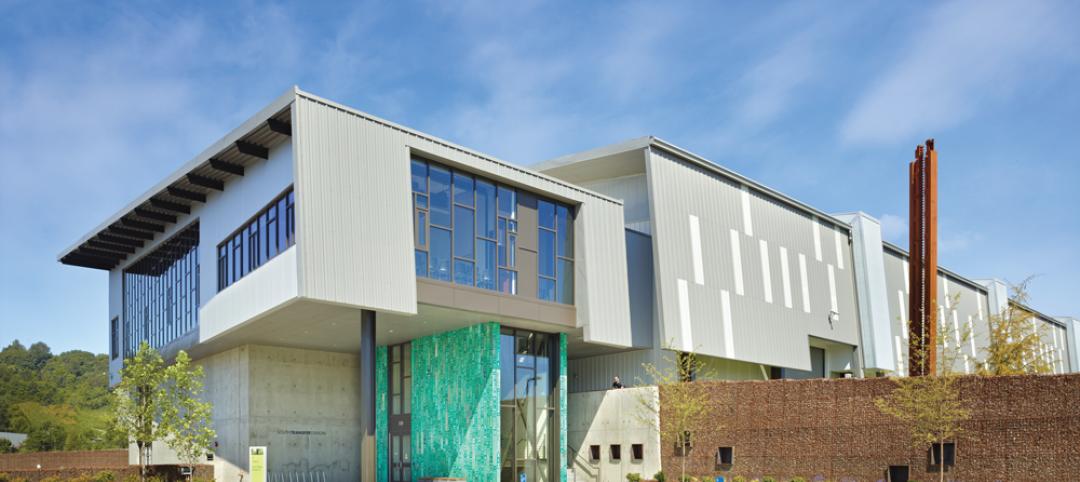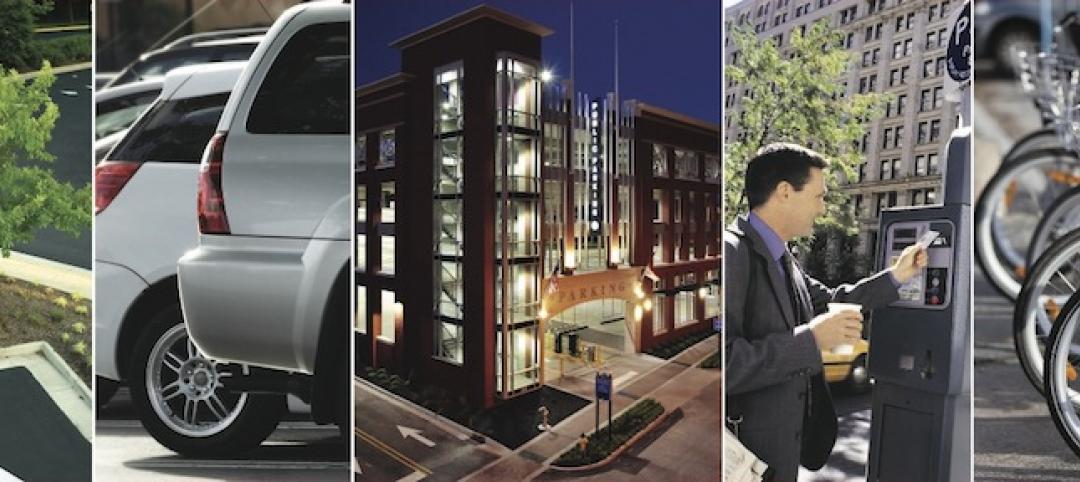The Federal Aviation Administration forecasts that air travel in the U.S. will increase by about 50% in the next 20 years. Are airports ready for that surge? More important, can airports provide the kind of frictionless experience that passengers will expect and demand?
To explore these questions, last February engineering giant Arup conducted a “salon” in San Francisco on the future of aviation. Invitees were a diverse mix of 22 experts representing airport operators, planners, developers, engineers, and manufacturers, including some—like representatives from Autodesk, Intel, and Visa—who offered a broader context.
Arup let BD+C take a peek at a draft of its report on the salon’s key points. The report identifies core themes for three primary stakeholders—the airlines, passengers, and airports—that revolve around “choreographed seamlessness,” “connected and predictable” service, and productive systems. Design can drive airport efficiency, but only when there’s positive cooperation among stakeholders.
Passenger satisfaction often begins with “technological convergence” that facilitates easier mobility and processing. “Touchless screening, automated check-in, tailored retail services, and real-time operational information could stimulate the seamless experience,” the draft stated.
However, technology is developing faster than the aviation industry can devise purposes for it. On the other hand, “no tech trumps high tech,” meaning that passengers still prefer a humanistic, natural environment. “The future of technology will always be about the people who use it.”
Other lessons learned:
• Technology shrinks future airport concrete. Huge spaces once allocated for check-in and security should be reconsidered as passengers adapt to self-service options.
• Collaboration frees technology. Barriers between airlines, airports, regulators, and technology providers will only thwart process enhancements.
• Your bag will have its own identity. Renovation and new construction of airport terminals often focuses on streamlining baggage-handling systems. While paper bag tags aren’t going away, it’s only a matter of time before luggage that’s traceable via bar codes or RFID chips becomes available for purchase in stores.
• The future of retail is at the airport. Retail, food, and beverage are big revenue streams for airports. That might explain why some large hubs have turned their terminals into shopping malls.
• Your journey will be branded. Airlines currently control the traveler’s experience, but the salon’s participants see opportunities for other entities—including airports themselves—“to occupy the passenger’s cognitive space.”
Another theme from the salon: the need for “intelligent” ground transportation that “allows riders comfort in knowing their entire journey is accounted for before boarding.” Technology could help passengers pre-plan and customize their trip along all journey touch points, like scheduling and predicting arrival times for door-to-hotel transport, or tracking luggage in real time.
Many of the salon’s attendees highlighted the need to ensure that regulatory actions—especially those relating to security, customs, and immigration—are enforced in ways that minimize passenger delays.
Related Stories
| Jul 18, 2013
GSA regains stature under Tangherlini, who looks to trim its holdings, cut energy costs [2013 Giants 300 Report]
Over the past 15 months, Acting GSA Administrator Dan Tangherlini has done a creditable job of restoring the agency’s standing with Congress and the public.
| Jul 2, 2013
LEED v4 gets green light, will launch this fall
The U.S. Green Building Council membership has voted to adopt LEED v4, the next update to the world’s premier green building rating system.
| Jul 1, 2013
Report: Global construction market to reach $15 trillion by 2025
A new report released today forecasts the volume of construction output will grow by more than 70% to $15 trillion worldwide by 2025.
| Jun 28, 2013
Building owners cite BIM/VDC as 'most exciting trend' in facilities management, says Mortenson report
A recent survey of more than 60 building owners and facility management professionals by Mortenson Construction shows that BIM/VDC is top of mind among owner professionals.
| Jun 5, 2013
USGBC: Free LEED certification for projects in new markets
In an effort to accelerate sustainable development around the world, the U.S. Green Building Council is offering free LEED certification to the first projects to certify in the 112 countries where LEED has yet to take root.
| Jun 3, 2013
Construction spending inches upward in April
The U.S. Census Bureau of the Department of Commerce announced today that construction spending during April 2013 was estimated at a seasonally adjusted annual rate of $860.8 billion, 0.4 percent above the revised March estimate of $857.7 billion.
| May 20, 2013
4 emerging trends in parking structure design
Survey of parking professionals reveals how technology is transforming the parking industry.
| Apr 30, 2013
Tips for designing with fire rated glass - AIA/CES course
Kate Steel of Steel Consulting Services offers tips and advice for choosing the correct code-compliant glazing product for every fire-rated application. This BD+C University class is worth 1.0 AIA LU/HSW.
| Apr 2, 2013
6 lobby design tips
If you do hotels, schools, student unions, office buildings, performing arts centers, transportation facilities, or any structure with a lobby, here are six principles from healthcare lobby design that make for happier users—and more satisfied owners.
| Feb 22, 2013
Zaha Hadid to help plan new London-area airport hub
The Mayor of London has appointed Zaha Hadid Architects to help create a major new airport in southeastern England.

















